Waymo brings more self-driving cars to California – with sights set on New York
If you live on the eastside of LA, you can now catch a Waymo to work
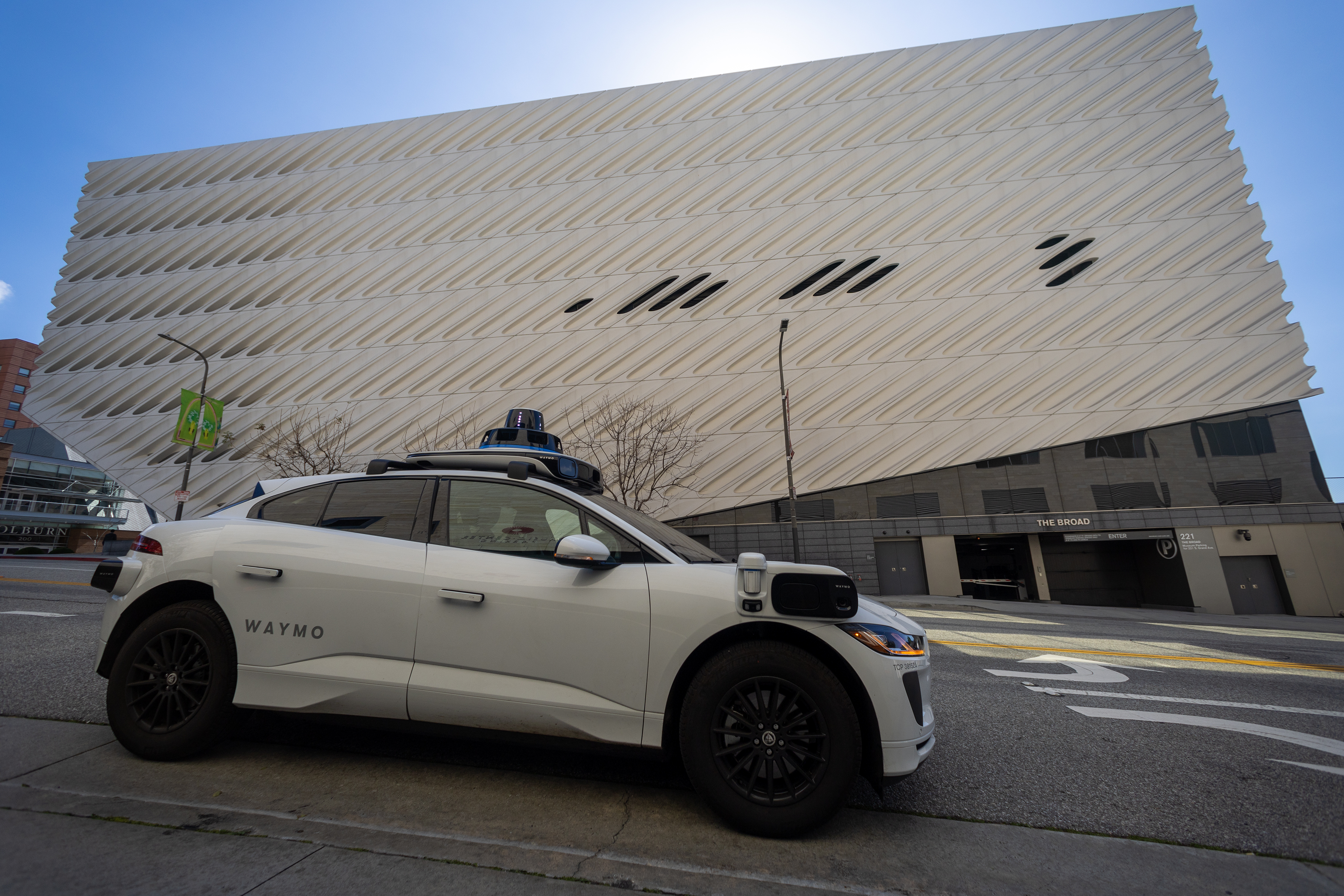
If you live in, or have spent time in, Los Angeles over the last 12 months, you’ve likely done a double-take seeing a driverless car pull up next to you in traffic.
Today, Waymo – the company behind the autonomous cabs you can book via an app – announced that it’s expanding its reach to cover more of California.
In Los Angeles, the service now covers Ladera Heights, Echo Park, and Silver Lake. You can also travel directly from Mid-City to Inglewood and Westchester via La Cienega and La Brea.
In San Francisco, you can catch a Waymo in South SF, San Bruno, Millbrae, and Burlingame. In Silicon Valley, more of Palo Alto is now a Waymo zone.
The service is a game-changer for some. 'For blind and visually impaired individuals, driving is not an option and reliable transportation remains one of the biggest barriers to independence.,' says Jim Kales, Chief Executive Officer, Braille Institute of America. 'We’re thrilled that Waymo has expanded its service area to include Braille Institute’s Los Angeles campus – offering our students and community members a new level of accessibility, safety, and freedom.'

Waymo's expansion in Los Angeles
But what does this mean for a state where over 1.37 million drivers earn a living through app-based services such as Uber, Lyft, and DoorDash?
Uber recognised the threat to its business early on and formed a partnership with Waymo in September of last year – you can now book an autonomous car via the Uber app in Austin and Atlanta. But what about the drivers? Waymo is already providing 250,000 rides a week in California, and with this expansion, more drivers stand to lose a significant portion of their earnings.
Receive our daily digest of inspiration, escapism and design stories from around the world direct to your inbox.
It doesn't end there. Last week, Waymo applied for a permit with New York City's Department of Transportation to operate self-driving cars in Manhattan, initially with ‘trained specialists’ behind the wheel acting as safety drivers. The news caused Uber and Lyft stock to tumble – by 2.5 per cent and 3.4 per cent, respectively. A move into the US’ largest city would be huge for the company, but it’s not without its challenges. Autonomous vehicles are currently banned in NYC, and the highly populated environment is a very different beast from Los Angeles' wide, pedestrian-free streets.
Back in 2020, Wallpaper* Transport and Technology Editor Jonathan Bell spoke to Waymo lead designer YooJung Ahn, who told us: ‘We made our first car look friendly, not intimidating. It wasn't meant to be a "scary robot car".'
The cute-ification of the robot revolution is certainly real. Case in point, the dinky little food delivery bots with big blinking eyes that roam LA’s streets. But will New York's community of yellow cab drivers be won over by Waymo's curved edges and unthreatening design?
And what about safety? Waymo insists that its cars are safer than human-driven vehicles, coming out on top when comparing crashes over an equivalent amount of miles. Then there's the immeasurable impact of avoiding DUIs by Waymo-ing home from a bar rather than driving. However, Tesla, which is fast trying to move into the autonomous ride-hailing market, is coming up against safety concerns.
In Texas, Tesla's Robotaxi launch, which was set for 22 June this year, did go ahead, but has been slower than anticipated. While there are now less than a dozen Robotaxis on Austin's streets, they are only available via private invite and it could be some time before they're available to the general public. The tech differs from Waymo's, with Tesla taxis relying mostly on cameras to detect hazards and other vehicles, whereas Waymo uses a combination of sensors, lasers and cameras. The cameras, some experts feel, can be sensitive to poor light and fog, rendering them less reliable in certain weather conditions.
In Los Angeles, a bizarro glimpse at some kind of Back To The Future reality is fast becoming the norm. With a new 239,000 sq ft Waymo production facility in Phoenix, new partnerships with Hyundai and Toyota, and more Waymos hitting the streets, how long will it be before it's the human driver next to you at the traffic lights that makes you stop and stare?
Charlotte Gunn is a writer and editor with 20 years experience in journalism, audience growth and content strategy. Formerly the Editor of NME, Charlotte has written for publications such as Rolling Stone, CN Traveller, The Face and Red.
-
 Five of the finest compact cameras available today
Five of the finest compact cameras available todayPocketable cameras are having a moment. We’ve assembled a set of cutting-edge compacts that’ll free you from the ubiquity of smartphone photography and help focus your image making
-
 London label Wed Studio is embracing ‘oddness’ when it comes to bridal dressing
London label Wed Studio is embracing ‘oddness’ when it comes to bridal dressingThe in-the-know choice for fashion-discerning brides, Wed Studio’s latest collection explores the idea that garments can hold emotions – a reflection of designers Amy Trinh and Evan Phillips’ increasingly experimental approach
-
 Arts institution Pivô breathes new life into neglected Lina Bo Bardi building in Bahia
Arts institution Pivô breathes new life into neglected Lina Bo Bardi building in BahiaNon-profit cultural institution Pivô is reactivating a Lina Bo Bardi landmark in Salvador da Bahia in a bid to foster artistic dialogue and community engagement
-
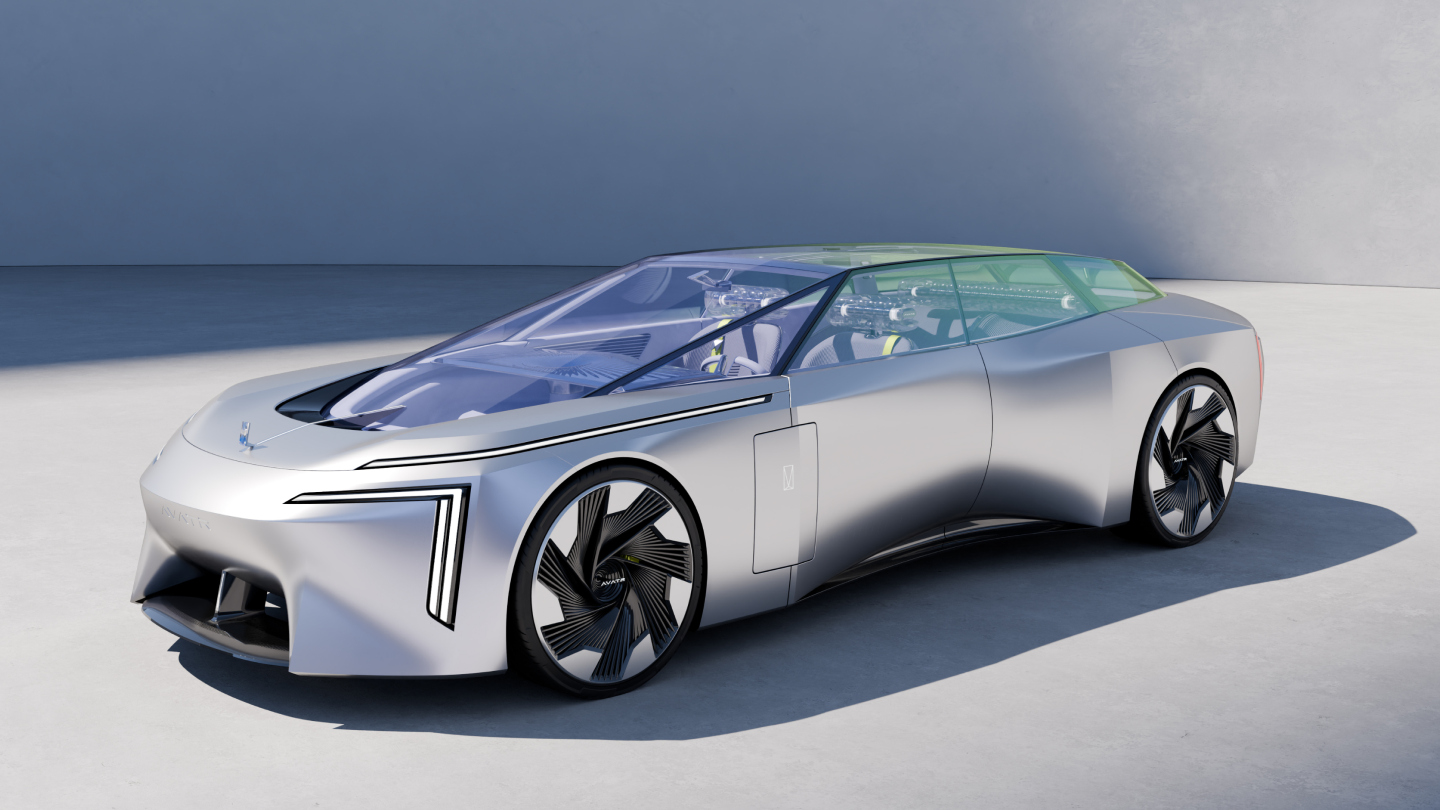 Avatr Vision Xpectra concept transforms cars into ‘emotionally intelligent companions’
Avatr Vision Xpectra concept transforms cars into ‘emotionally intelligent companions’Revealed in Munich, electric car maker Avatr’s futuristic Vision Xpectra is a car that is not only beautiful, but a true form of ‘emotive luxury’
-
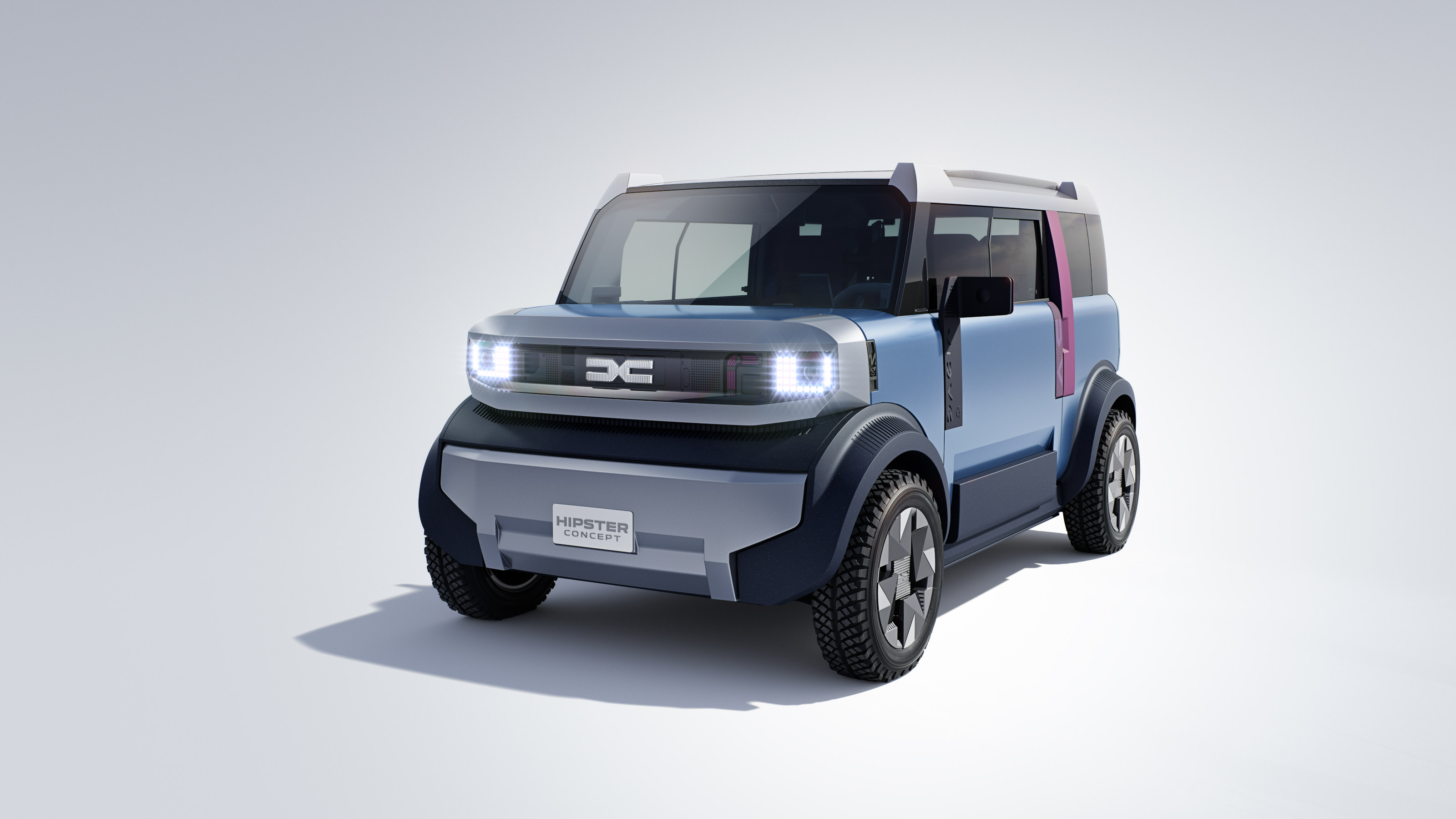 Dacia wants to make small cars great again – all hail the new Hipster Concept
Dacia wants to make small cars great again – all hail the new Hipster ConceptThe best way to minimise energy use in all its forms is to downsize. The Dacia Hipster Concept is a smart way of making a practical car way more pint-sized
-
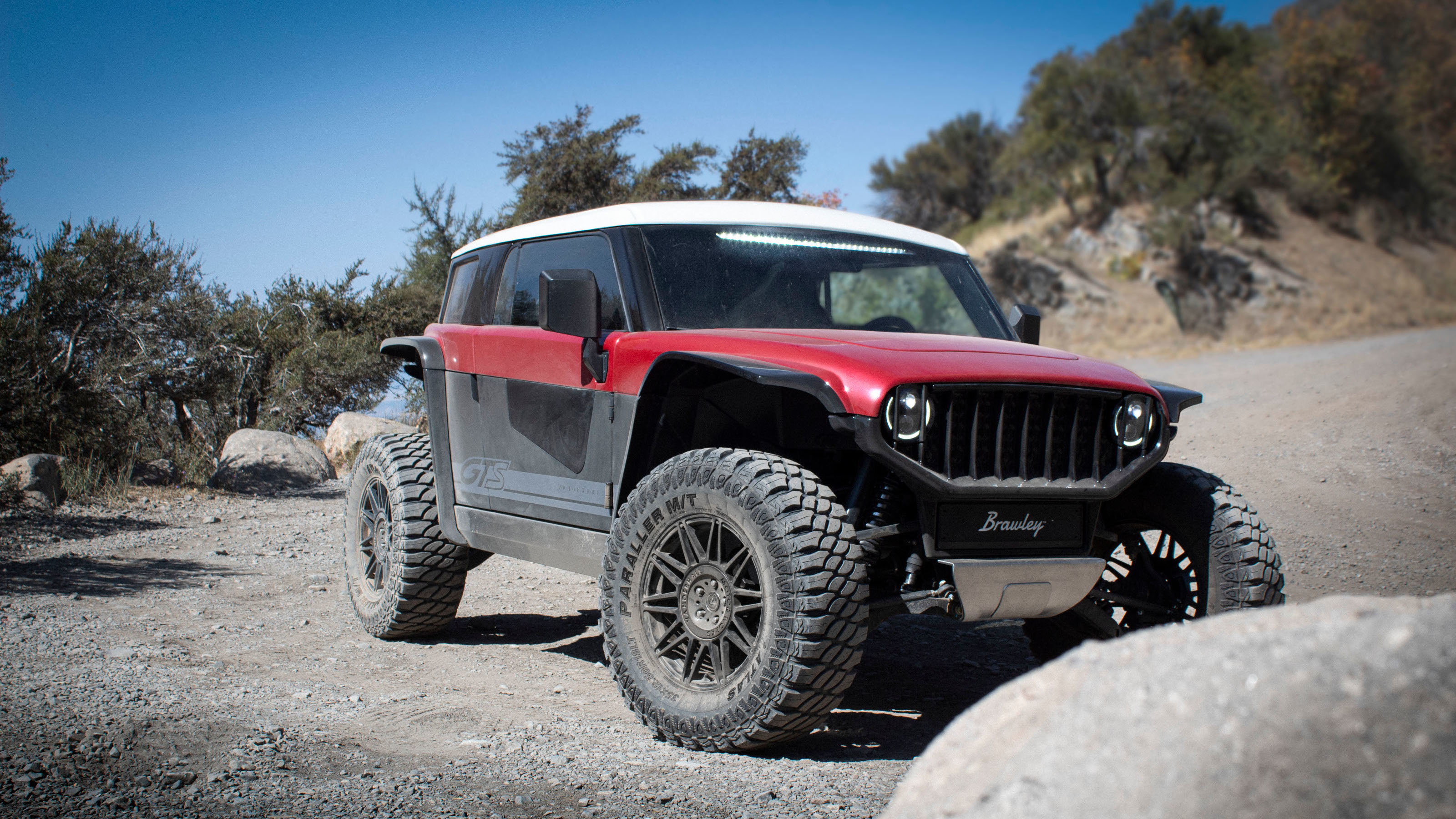 The Vanderhall Brawley GTS is a compact but mighty electric off-roader
The Vanderhall Brawley GTS is a compact but mighty electric off-roaderDeliveries of Vanderhall’s Brawley GTS have started, bringing zero-emission trail driving to enthusiasts across America
-
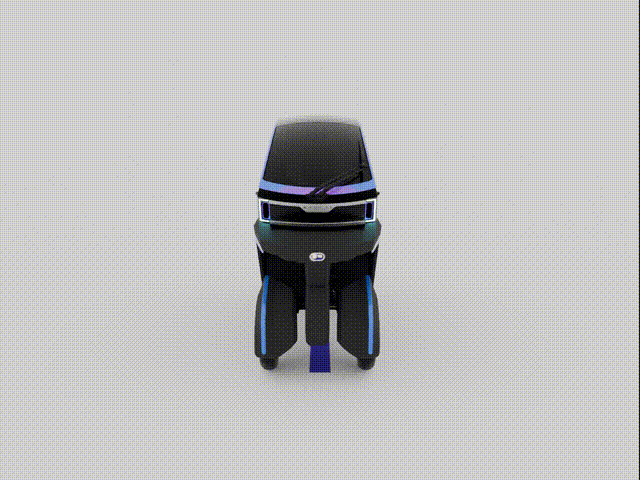 The Aemotion is a tilting two-seater designed to zip through city traffic
The Aemotion is a tilting two-seater designed to zip through city trafficAn electric commuting machine, the Aemotion provides swift, safe and enclosed transport for two
-
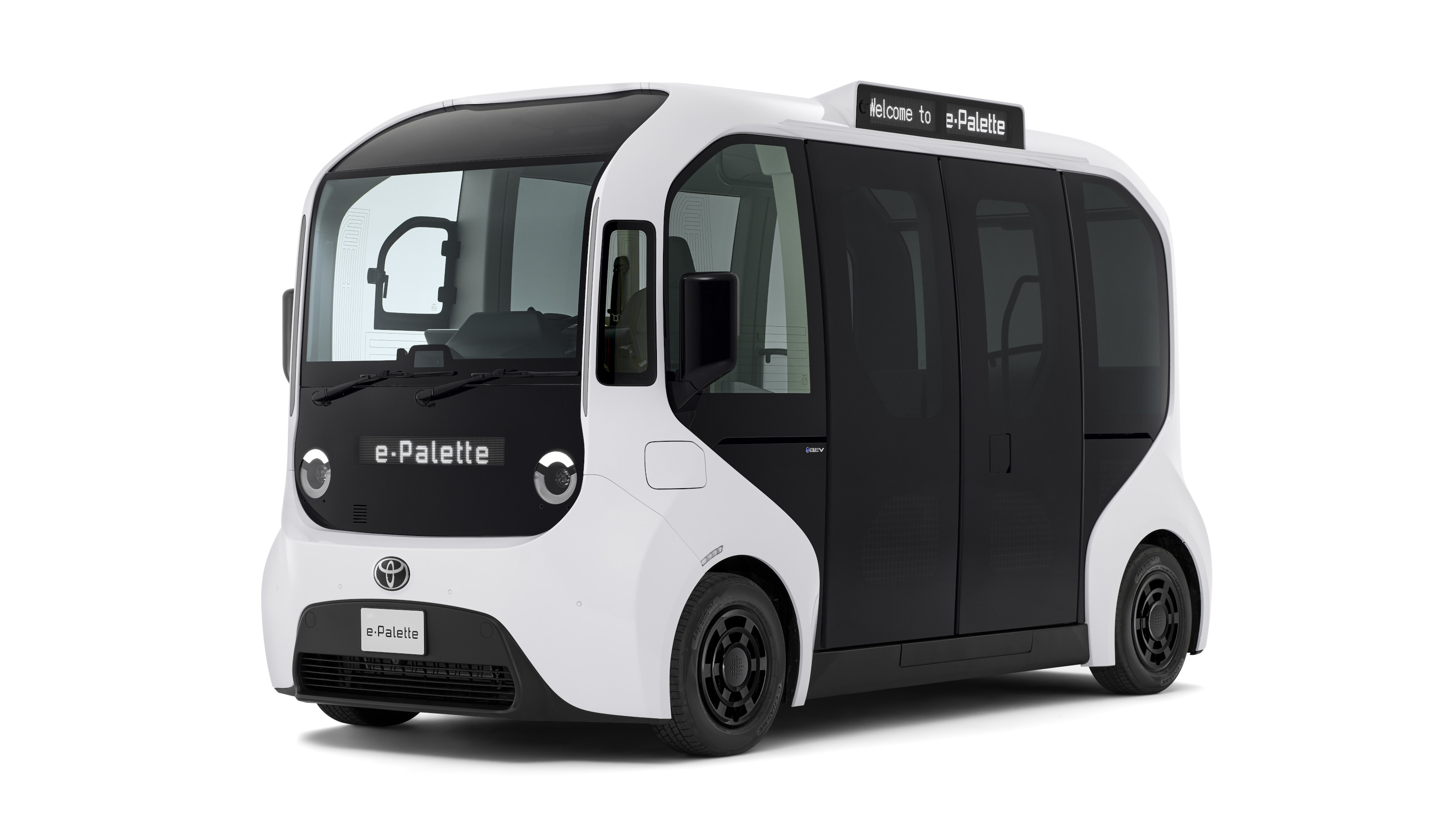 You can now buy Toyota’s robotised micro-bus, with more autonomy coming soon
You can now buy Toyota’s robotised micro-bus, with more autonomy coming soonThe Toyota e-Palette is the urban transport of the future, a multifunctional autonomous vehicle designed to cover several roles in the same day
-
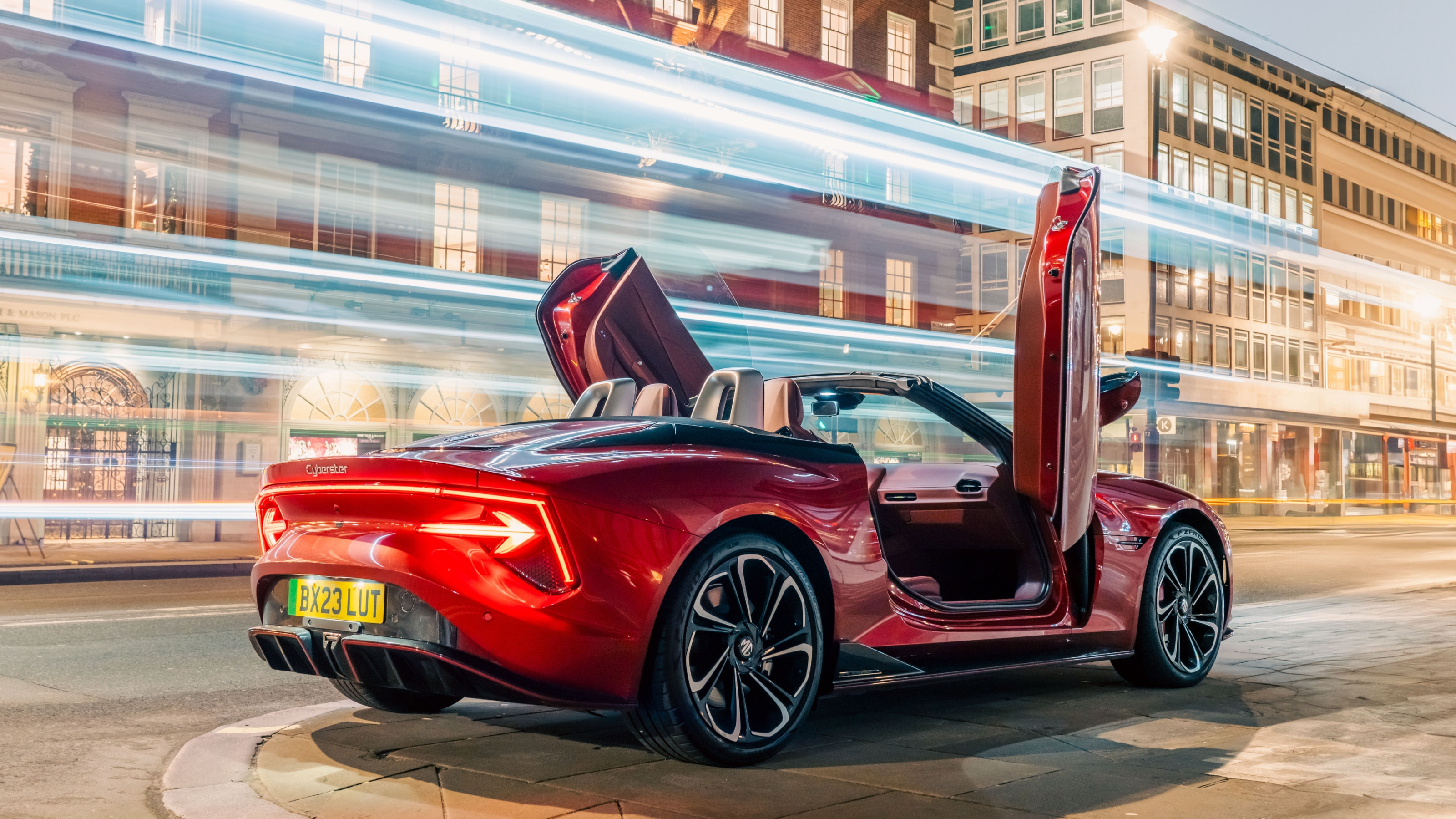 Is the MG Cyberster an electrifying sports car or a hefty grand tourer? In truth, it’s a bit of both
Is the MG Cyberster an electrifying sports car or a hefty grand tourer? In truth, it’s a bit of bothMG returns to its roots, sort of, with a sporting two-seater that electrifies the sector and points to a bolder design future for the Chinese-owned brand
-
 The Audi Concept C strives for clarity, drawing on the past to present a new face for the future
The Audi Concept C strives for clarity, drawing on the past to present a new face for the futureLaunched this month in Milan, the Audi Concept C is a reboot of both design language and visual identity for the German manufacturer
-
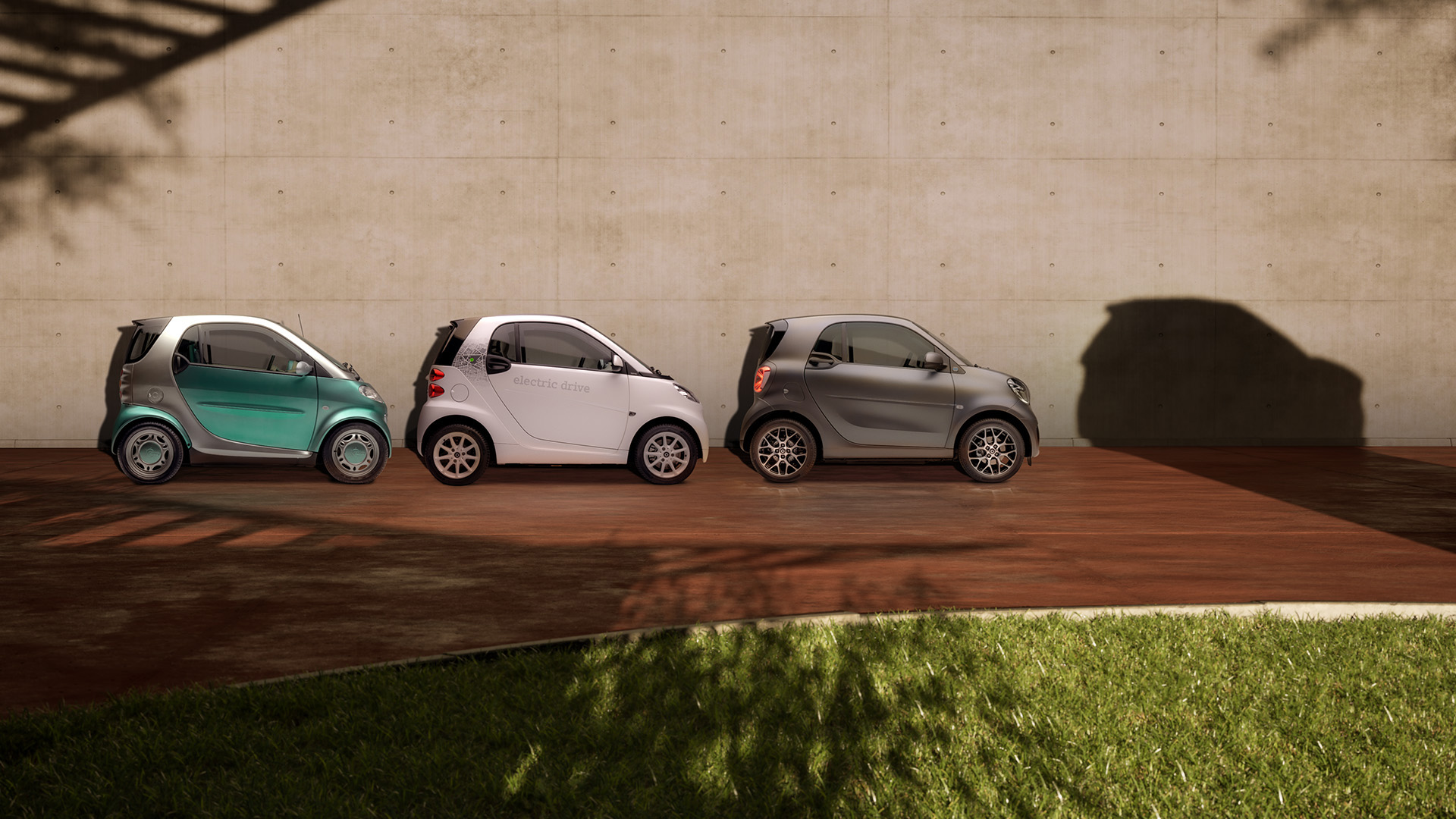 Smart looks set to scale down again with its forthcoming ultra-compact electric city car
Smart looks set to scale down again with its forthcoming ultra-compact electric city carEver since Smart was reborn as an all-electric brand, fans have mourned the lack of a true city car replacement. The wait is nearly over as the company announces the upcoming Smart #2